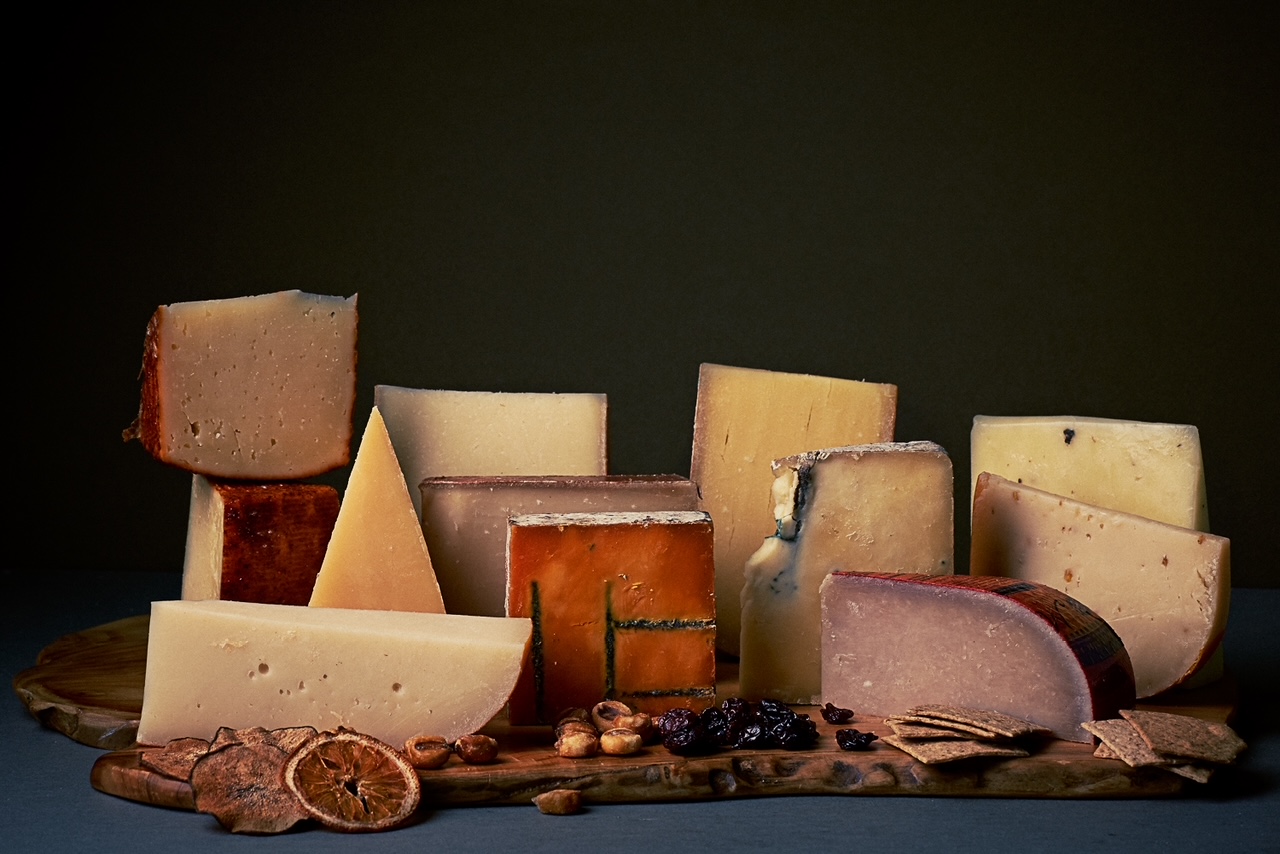
Estelle Tracy has a profession that most chocolate lovers could only crave. The Philadelphia-based chocolate sommelier built a career off of a passion after accepting a chocolate-fueled challenge from a friend. With our sweet tooth in tow, we settled in for a crash course in cacao with Tracy and 37 Chocolates, while learning what it takes to be a chocolate sommelier.
How did you first discover your passion for chocolate, and sharing it with others?
My chocolate journey started with a personal challenge. In June of 2015, I committed to review 37 US-made chocolates by my 37th birthday on Halloween of that year. The project completely changed my life. What started as an excuse to eat a lot of chocolate revealed my passion for this food. So many consumers, including chefs, see chocolate as an ingredient, when it’s really a finished product. Many hands touch cacao and chocolate before it hits our palate, and I’d never thought about that until I immersed myself in that world. Throughout the challenge, I also identified a gap between chocolate-makers and consumers, so I started my company 37 Chocolates to bridge that gap. Since then, I’ve hosted hundreds of chocolate tastings and given talks to thousands of people all over the world.
You are a chocolate sommelier. Can you enlighten our readers as to what that means?
In a nutshell, a chocolate sommelier serves chocolate in a hospitality environment. I used to refer to myself as a chocolate educator, but I realized there’s a difference between having knowledge about chocolate and creating a thoughtful tasting around chocolate that respects the palate of each guest. In the wine world, the term sommelier refers to any person in the service of wine in a restaurant. If you’re knowledgeable about wine but not serving wine, you’re technically no longer a sommelier. Being a sommelier requires you to read your customers and translates their likes and dislikes into a wine suggestion they will enjoy. I started calling myself a chocolate sommelier after talking with my friend and colleague Sophia Rea of Projet Chocolat in Nashville. She explains her role as a chocolate sommelier as a steward of chocolate and she carefully picks chocolate, while respecting the taste of her guests. She’s also very comfortable suggesting pairings to her audience to maximize the pleasure experienced during the event. That focus on the tasting attendee is, in my experience, what sets a chocolate sommelier apart from other chocolate industry professionals.

What does a day at work look like for a chocolate sommelier?
When the 37 Chocolates challenge ended, I made it my mission to share the flavors and stories of craft chocolate. I deliver on it by hosting chocolate tastings, wine & chocolate pairing events, as well as create curated gift boxes that I sell on my online shop along with my favorite bars.
You have a background as a chemist. This doesn’t seem too far off from testing and tasting chocolates. Can you explain how your background informs your current role working with chocolate?
That’s such a great question. Having a scientific background allows me to recognize patterns when I host tastings. During the pandemic, for instance, I hosted hundreds of online events, which made me aware that many individuals really disliked dark chocolate. Sometimes it’s because they’ve never had great dark chocolate. Other times, the reason is that they’re super-tasters, which means they have a higher sensitivity to bitter compounds. I’ve come up with a list of questions that allow me to identify which category attendees belong to. This often leads guests to know – and accept – themselves better. Similarly, I’ve turned my wine and chocolate pairing experiments into a simple formula to create winning pairings without prior experience in that field.
What makes for a perfect piece of chocolate in your opinion? What should we be looking for when choosing the finest chocolate?
For me, a perfect piece of chocolate should trigger a very strong, positive emotion. I want awe, surprise and delight. It’s a very personal experience, of course, but one that’s very fun chasing. In my case, great chocolate always can stop me in my tracks and drop a swear word. It’s very difficult to identify a tasty chocolate bar by just reading a label. For a simple bar, I want to read a small ingredient list: cacao beans, sugar, cocoa butter, vanilla, and milk powder for milk chocolate. Additionally, I’m looking for signs of transparently traded cacao beans. Still, that doesn’t mean I’m going to like the chocolate. Reading online reviews – on Instagram, for instance – can help decide, and so do chocolate competition award stickers.
Do you have a favorite that you can recall?
Yes. In 2015, I remember the very first one very clearly. It was a 66% dark milk chocolate with cacao nibs by Acalli Chocolate. The company’s no longer in business, so I’m glad I’ve captured the memory on the 37 Chocolates blog.
On the other side of that question, is there a bad piece of chocolate? Is that even a thing?
Yes. Although taste is a subjective experience, defective cacao beans will lend unpleasant notes to chocolate. The Fine Cacao and Chocolate Institute (FCCI) considers notes like hammy, musty, and cheesy, for instance, as a sign of a defect. You can learn more on their website. I personally also stay away from bars that have metallic or overly sour notes.
What is on your chocolate bucket list? Is there somewhere you’d like to go to sample chocolate, or a particular type of chocolate you’d like to try?
I’ve been fortunate to live a very full chocolate life so far and the only thing missing is a bar inspired by a childhood memory. A few years ago I’d started collaborating with a bean-to-bar maker on a bar capturing the flavors of my summers in Turkey. My maternal grandfather was a dried fruit broker, while my paternal grandmother wore jasmine flowers as perfume. Although the original collaboration fell through, I’d still love for a chocolate-maker or chocolatier to create a product inspired by my family.
You do wine and chocolate pairings. What makes them a perfect combination? And in your opinion, what is the best wine and chocolate pairing out there?
The timing of this question is perfect, as I’ve just released “The Beginner’s Guide to Pairing Wine & Chocolate.” You’ll find a lot of tips there. The easiest way to explore pairings is by using inclusion bars or bonbons. The extra ingredients in chocolate and the fat in bonbons make it easier to pair with wine. I personally really like working with Pinot Noir because it seems to pair with such a wide range of chocolate products.
In closing, how about one fact about chocolate we might not know?
A cacao tree can grow enough cacao beans for forty chocolate bars per year. It takes a lot of land to satisfy our hunger for chocolate, so I always encourage the attendees of my tastings to enjoy a fine bar the way they would a high-quality steak – with respect.
NEXT ON THE DISH








